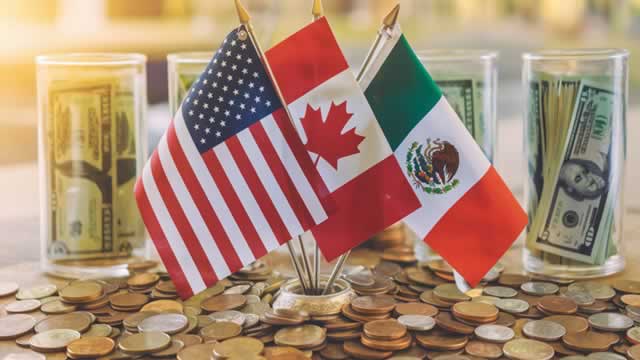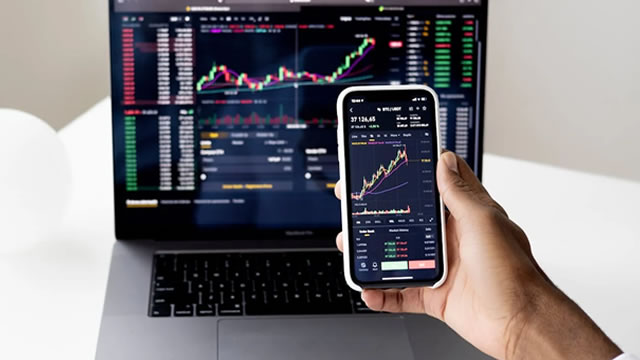Navigating Uncertainty in the Market: An In-depth Analysis
The financial landscape is currently fraught with uncertainty, as negative economic data, escalating tariff concerns, and political dynamics continue to cast shadows over the market. These factors have raised concerns about a potential correction or even a prolonged decline.
Negative Economic Data
Recent economic data has been disappointing, with weaker-than-expected reports on manufacturing and services sectors, as well as a decline in consumer confidence. These indicators suggest that the economic expansion may be losing steam, which could put downward pressure on stock prices.
Tariff Concerns
Trade tensions between major economies, particularly the United States and China, have intensified in recent months. The imposition of tariffs on billions of dollars’ worth of goods has disrupted global supply chains and raised concerns about a potential trade war. This uncertainty could lead investors to sell off stocks, particularly those that are heavily exposed to international trade.
Political Dynamics
Political developments, both domestic and international, have also contributed to market uncertainty. For example, the ongoing Brexit negotiations and the uncertainty surrounding the outcome have weighed on European markets. In the United States, the impeachment inquiry into President Trump has caused jitters among investors.
Technical Analysis
From a technical perspective, the S&P 500 index has shown weakening momentum, with the percentage of stocks above their 50-day moving averages declining. According to some analysts, there is a 20-25% probability of an 8-10% correction in the near term. However, if the index breaks below key support levels, such as 2,800, the probability of a correction could increase to 30-50%.
Personal Impact
For individual investors, market uncertainty can be a source of anxiety. It’s important to remember that short-term market volatility is a normal part of investing, and it’s impossible to predict with certainty how the market will behave in the short term. However, there are steps you can take to protect your portfolio:
- Diversify your portfolio: Spreading your investments across different asset classes and sectors can help mitigate the impact of market volatility.
- Rebalance your portfolio: Regularly reviewing your portfolio and rebalancing as needed can help ensure that your asset allocation remains aligned with your investment goals and risk tolerance.
- Stay informed: Keeping up with the latest economic and political developments can help you make informed decisions about your investments.
Global Impact
The impact of market uncertainty on the global economy can be significant. For example, a prolonged correction in the stock market could lead to a decrease in consumer and business confidence, which could in turn lead to a slowdown in economic growth. Additionally, trade tensions and political instability can disrupt global supply chains and lead to higher costs for businesses.
Conclusion
Market uncertainty is a normal part of investing, but it can be unsettling for individual investors. While it’s impossible to predict with certainty how the market will behave in the short term, there are steps you can take to protect your portfolio and manage risk. By diversifying your investments, rebalancing your portfolio regularly, and staying informed about the latest economic and political developments, you can weather market volatility and position yourself for long-term success.
At the same time, it’s important to remember that market uncertainty can also have broader implications for the global economy. Trade tensions, political instability, and weak economic data can all contribute to market volatility and disrupt global supply chains. By staying informed and taking steps to manage risk, we can navigate these challenges and work towards a more stable and prosperous future.





